Neuralink received approval for human trials of its PRIME Brain-Computer Interface in September 2023.
In January, Elon took to Twitter and announced that the first human recipient had received an implant and was showing promising neuron spike detection.
Neuralink designed PRIME to record and transmit neural data to interpret brain activity into movement intention. The PRIME Brain-Computer Interface empowers disabled individuals by enabling them to communicate and engage with the world in innovative and impactful ways, such as regaining the ability to speak and interact with others. In the future, advancements in the PRIME Brain-Computer Interface could even assist individuals with spinal cord injuries learn to walk again.
The first patient was 29-year-old Noland Arbaugh, a complete quadriplegic who had lost sensation and suffered paralysis from below the shoulders after sustaining a spinal injury during a diving accident eight years ago.
When we first began receiving updates about him, we were excited to hear that he could use a computer cursor. That was a big step … and the start of many others. Now, we're being told that he recently used the technology to stay up all night playing a video game called Civilization 6.
— Neuralink (@neuralink) March 20, 2024
Similarly, in 2022, a completely paralyzed man used his brand-new brain implant to ask his caregivers for a beer.
It sounds like a joke, but these are the types of stories that make me optimistic. Both examples highlight a new capability … but also a deeper purpose, freeing the human to enjoy being human and enhance the quality of their life.
This is a great reminder. Media coverage often focuses on the fear of an increasingly tech-driven world, and what it means for humanity … but the best uses of technology allow us to be more human.
What used to be science fiction is becoming reality, and possibilities are becoming inevitabilities.
Onwards!

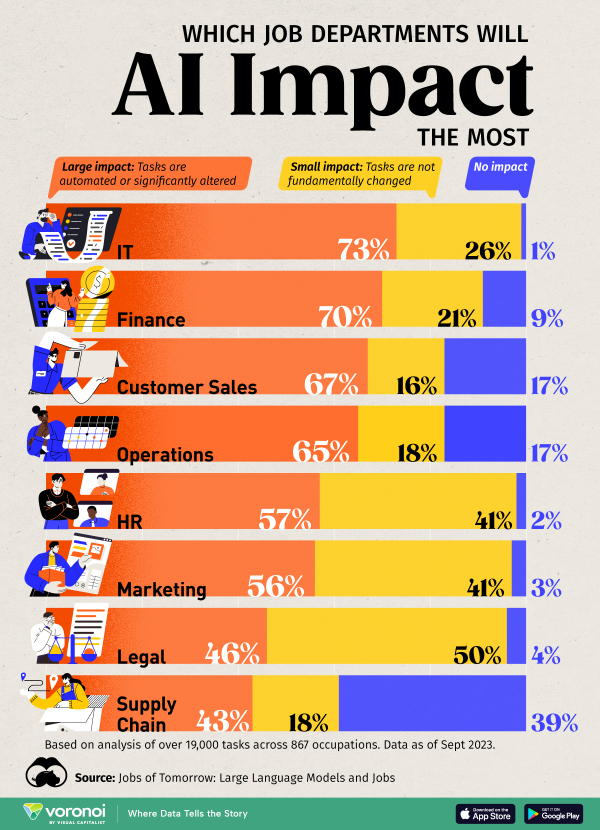 via
via 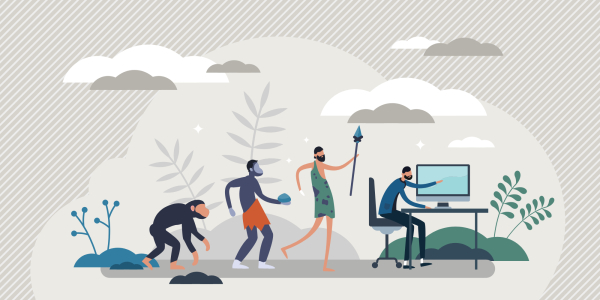
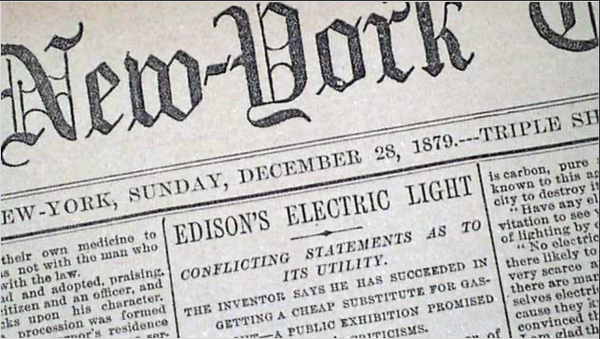
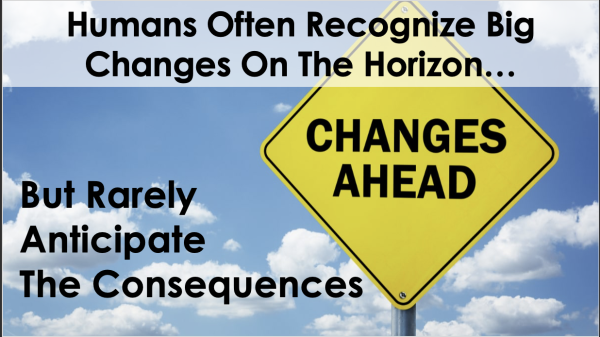
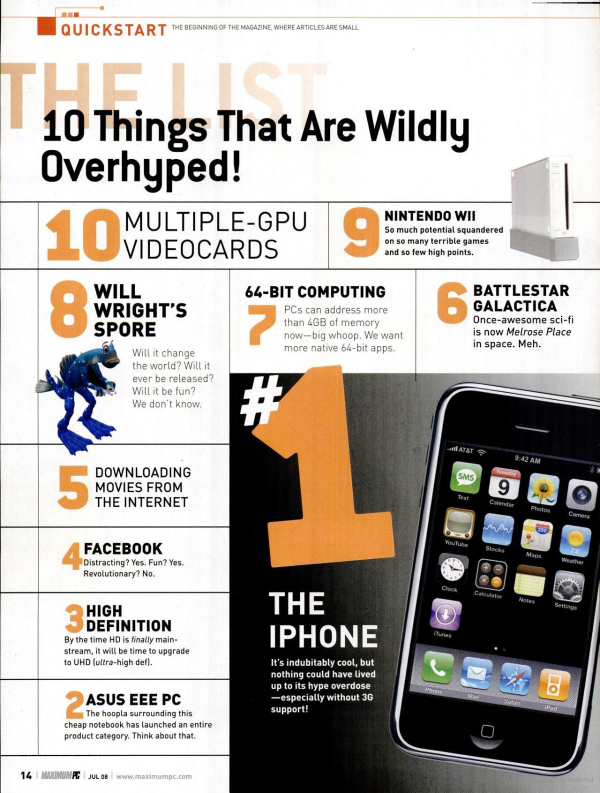
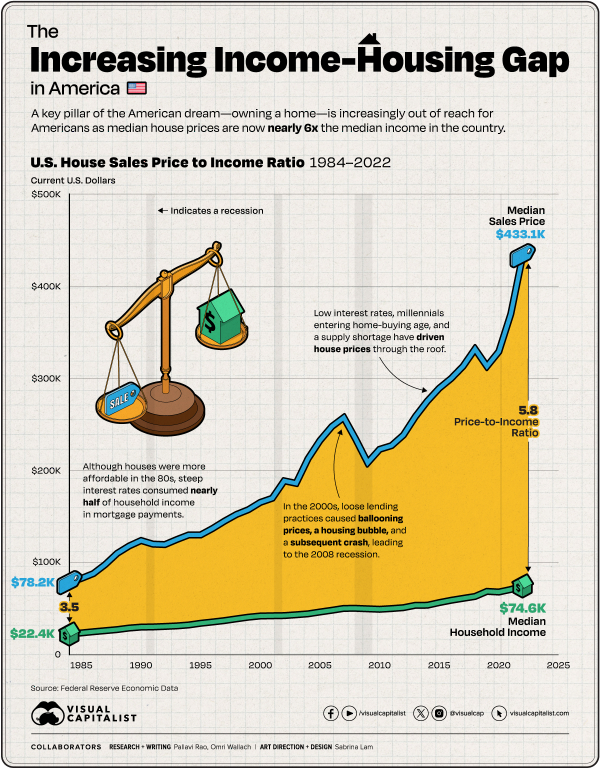

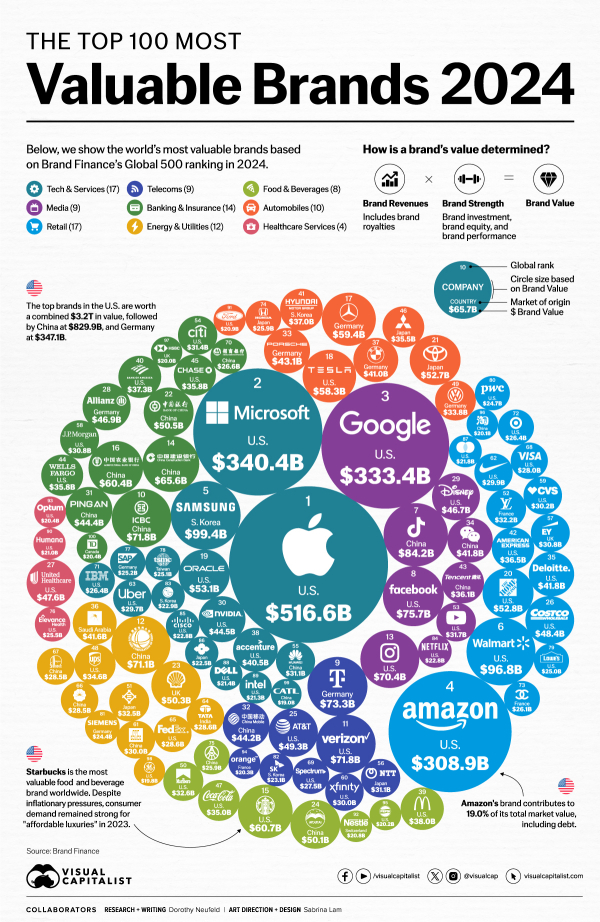 via
via 